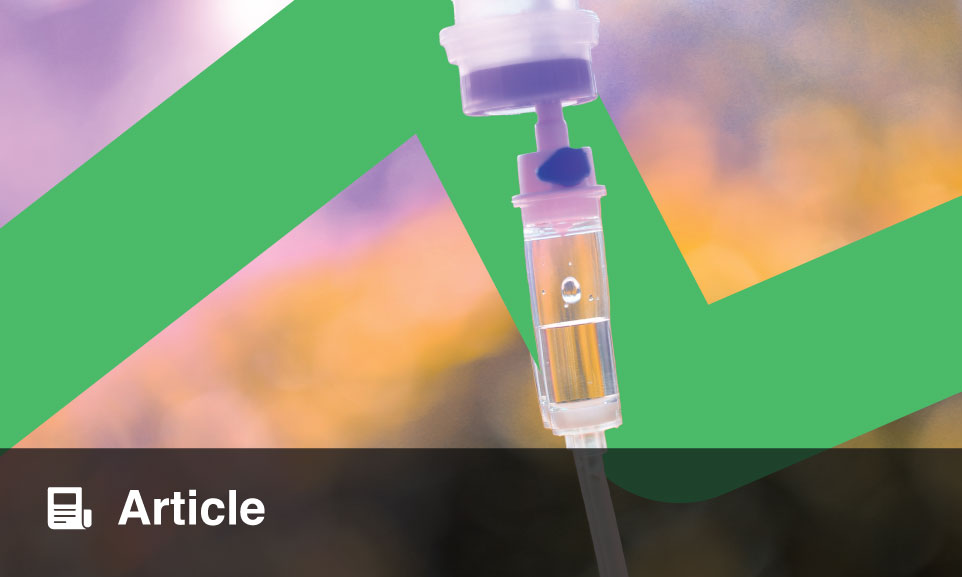September 1992
G Paolisso, G Di Maro, G Pizza, A D'Amore, S Sgambato, P Tesauro, M Varricchio, F D'Onofrio
Abstract
In healthy subjects (n = 10) and non-insulin-dependent (type II) diabetics (n = 10) matched for age [43.1 +/- 2.2 vs. 41 +/- 4.4 yr, P = not significant (NS)], body mass index (25.1 +/- 1.1 vs. 26 +/- 0.8 kg/m2, P = NS), gender ratio [5 males (M)/5 females (F) vs. 5M/5F], and mean arterial blood pressure (105 +/- 7 vs. 106 +/- 9 mmHg, P = NS), we determined the changes in insulin secretion and action after glutathione infusion (15 mg/min) and the relative increase in the plasma reduced (GSH)/oxidized (GSSG) glutathione ratio.
The rise in the plasma GSH/GSSG ratio significantly improved total body glucose disposal in healthy subjects and in diabetic patients. In this latter group, GSH infusion potentiated the beta-cell response to glucose slightly. In controls and diabetics, insulin infusion with a simultaneous increase in the plasma GSH/GSSG ratio significantly enhanced nonoxidative glucose disposal without affecting oxidative glucose metabolism.
After glutathione infusion, all metabolic and hormonal changes correlated with a significant decline in plasma membrane microviscosity. In conclusion, the plasma GSH/GSSG ratio seems to play a major role in the modulation of glucose homeostasis mainly in diabetics.










